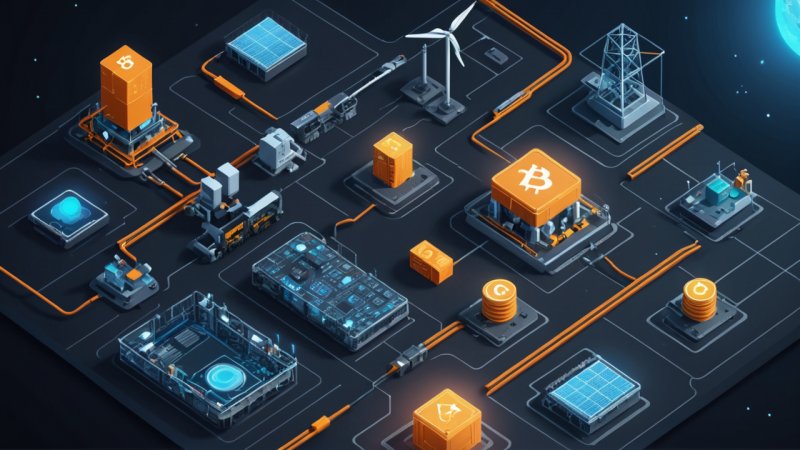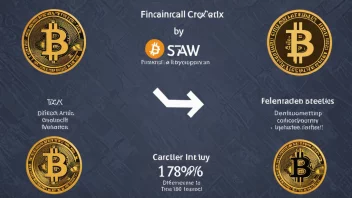Cryptocurrency mining has evolved into a significant aspect of the digital currency ecosystem, attracting both tech enthusiasts and investors alike. As cryptocurrencies gain more traction globally, understanding the mining process and its future potential is essential for anyone looking to delve into this space. In this article, we will explore the fundamentals of cryptocurrency mining and examine the opportunities that lie ahead.
1. What is Cryptocurrency Mining?
At its core, cryptocurrency mining is the process of validating transactions on a blockchain network. Miners use powerful computers to solve complex mathematical problems, which helps secure the network and adds new blocks to the blockchain. In return for their efforts, miners are rewarded with newly created cryptocurrency coins. This process is vital for maintaining the integrity and security of decentralized networks.
2. The Mining Process Explained
The mining process involves several steps:
- Transaction Verification: Miners collect transactions from the network and verify their authenticity.
- Solving Cryptographic Puzzles: They then compete to solve a cryptographic puzzle, which requires significant computational power.
- Adding to the Blockchain: Once a miner solves the puzzle, they broadcast their solution, and if verified by other nodes, the new block is added to the blockchain.
- Receiving Rewards: The successful miner receives cryptocurrency rewards, which incentivizes the mining process.
3. Different Types of Mining
There are several methods of mining cryptocurrencies, each with its advantages and disadvantages:
- Proof of Work (PoW): The traditional mining method, where miners solve puzzles. Bitcoin is the most notable example.
- Proof of Stake (PoS): In this method, validators are chosen based on the number of coins they hold and are willing to 'stake' as collateral. Ethereum is transitioning to this model.
- Cloud Mining: This allows individuals to rent mining power from data centers, reducing the need for hardware investment.
- Mining Pools: Miners can join forces in pools to combine their resources, increasing the chances of successfully mining blocks and sharing rewards.
4. Environmental Impact of Mining
One of the biggest criticisms of cryptocurrency mining is its environmental impact, primarily due to the high energy consumption associated with PoW systems. The debate is ongoing, with some proponents advocating for greener mining practices, such as:
- Renewable Energy Sources: Utilizing solar, wind, or hydropower to reduce carbon footprints.
- Energy Efficiency: Developing and using more efficient mining hardware.
- Transitioning to PoS: Encouraging cryptocurrencies to adopt PoS or other less energy-intensive consensus mechanisms.
5. Future Opportunities in Mining
As the cryptocurrency landscape evolves, new opportunities are emerging for miners:
- Increased Adoption: As more businesses and individuals adopt cryptocurrencies, the demand for mining will grow.
- Advanced Technology: Innovations in hardware and software can improve efficiency and profitability for miners.
- Regulatory Developments: Understanding the legal landscape can help miners navigate potential challenges and opportunities.
- Diversification: Miners can explore less popular cryptocurrencies that may offer higher rewards.
In conclusion, cryptocurrency mining is a complex yet fascinating facet of the digital currency world. By understanding the mining process, its environmental implications, and the future opportunities it presents, individuals can better navigate this exciting landscape. As the industry continues to evolve, so too will the methods and technologies that support mining, making it a continually relevant topic for both newcomers and seasoned participants alike.






